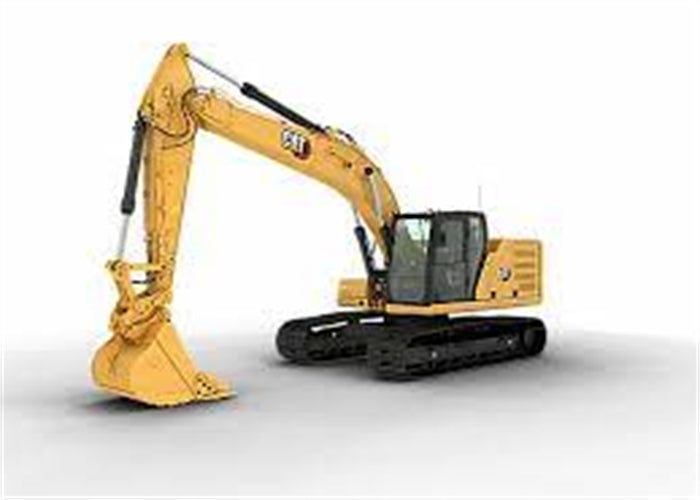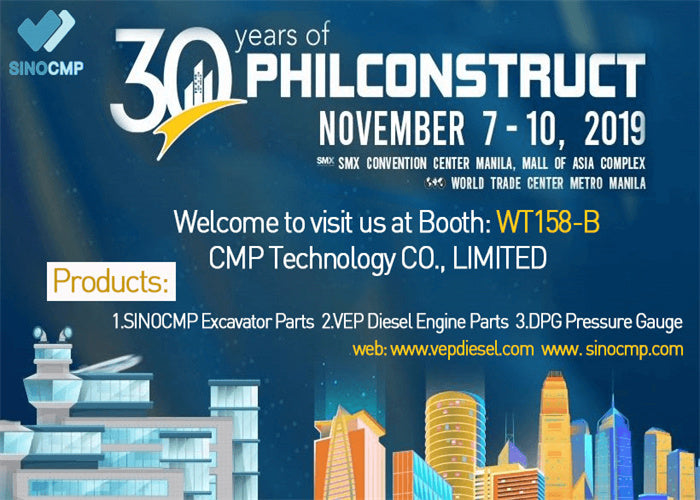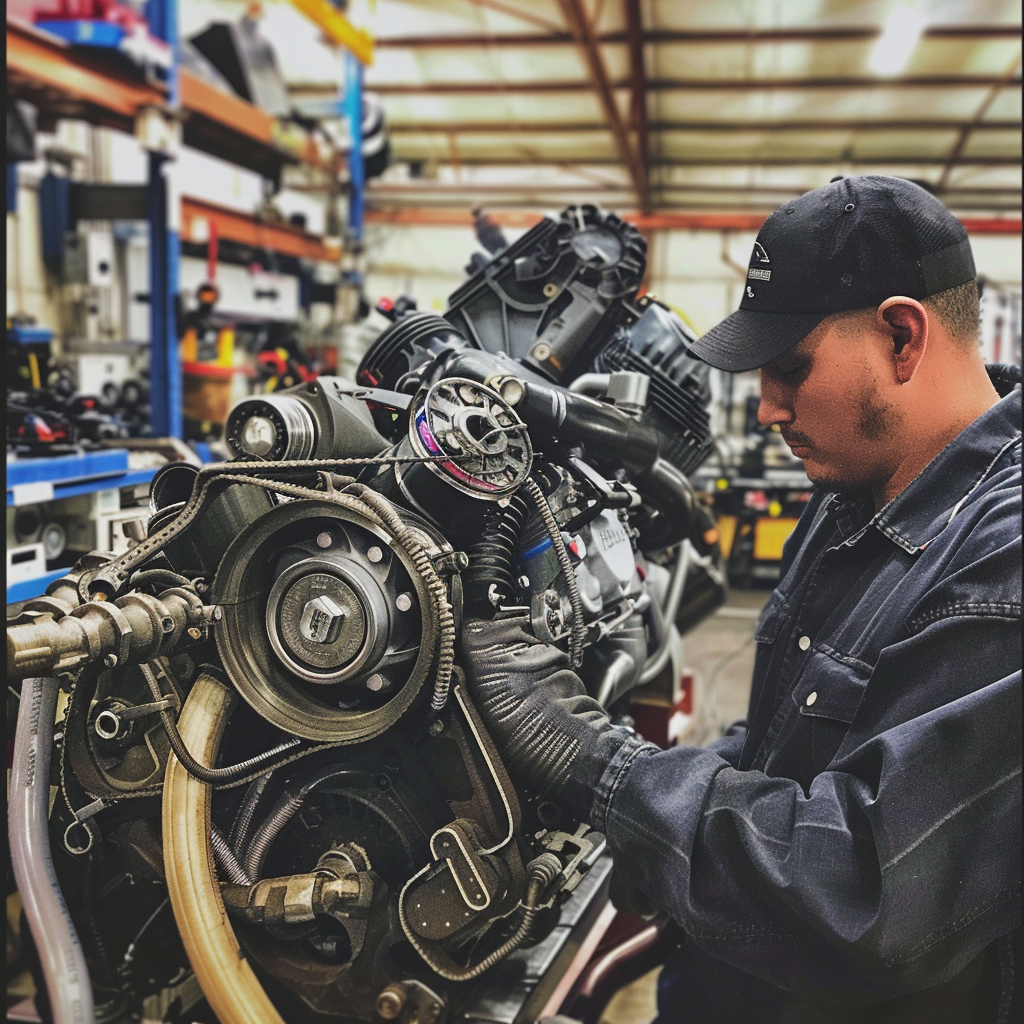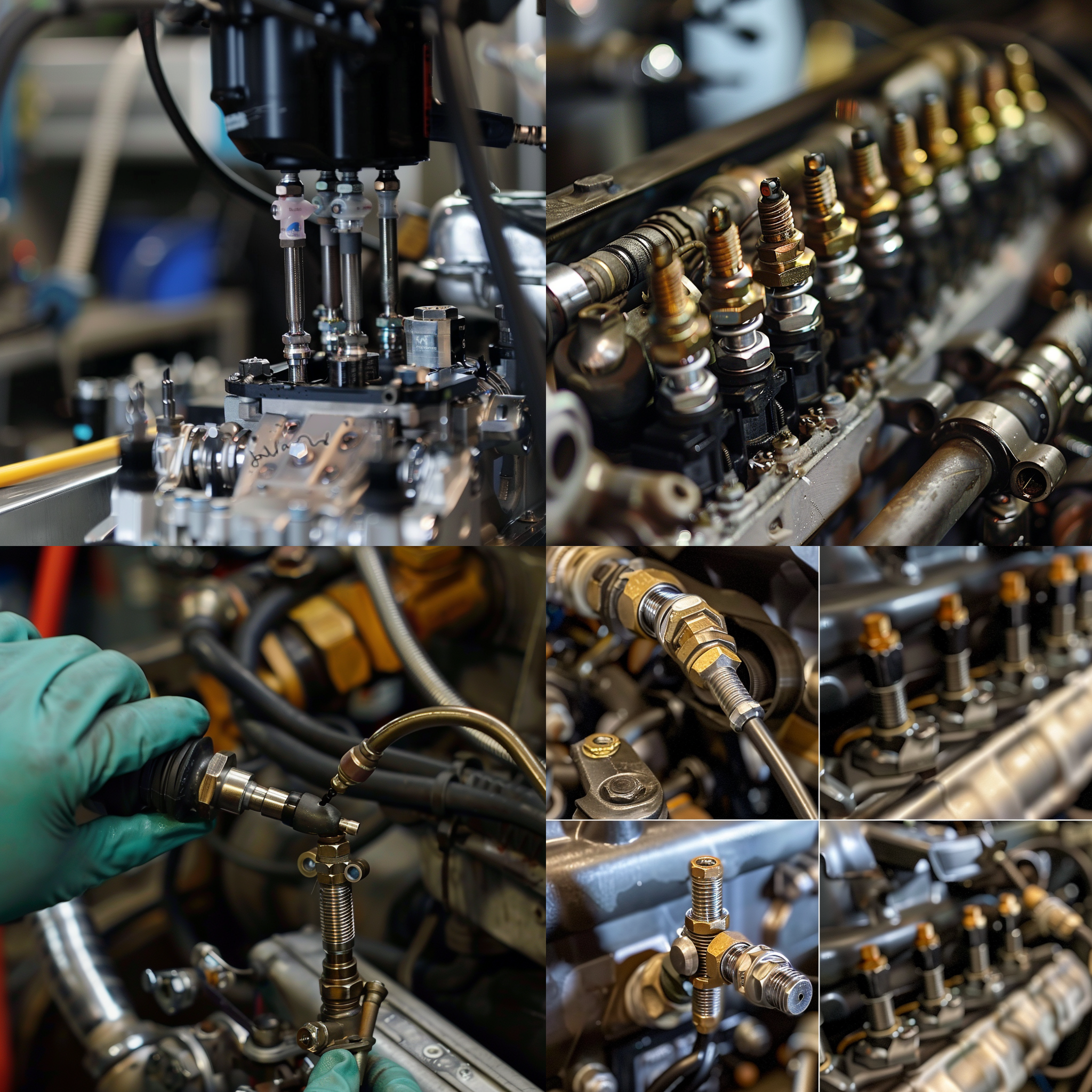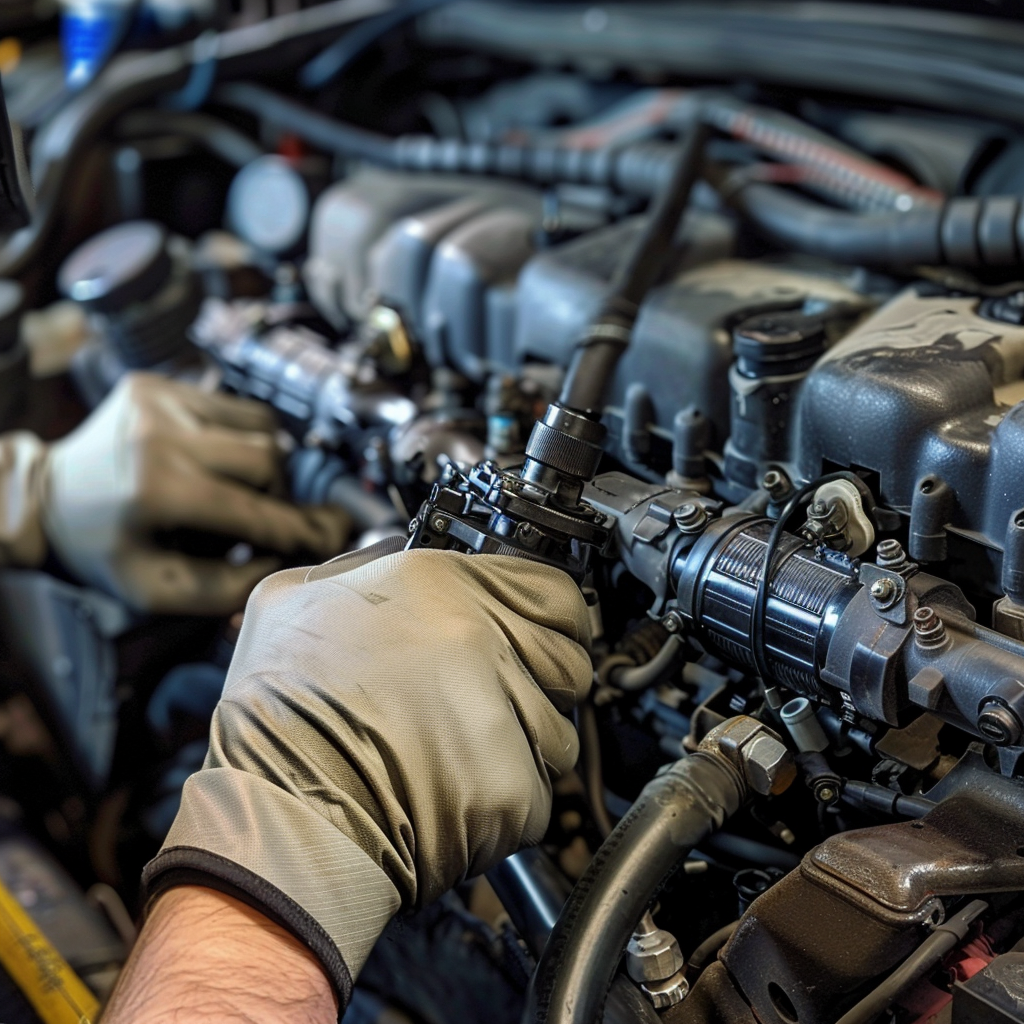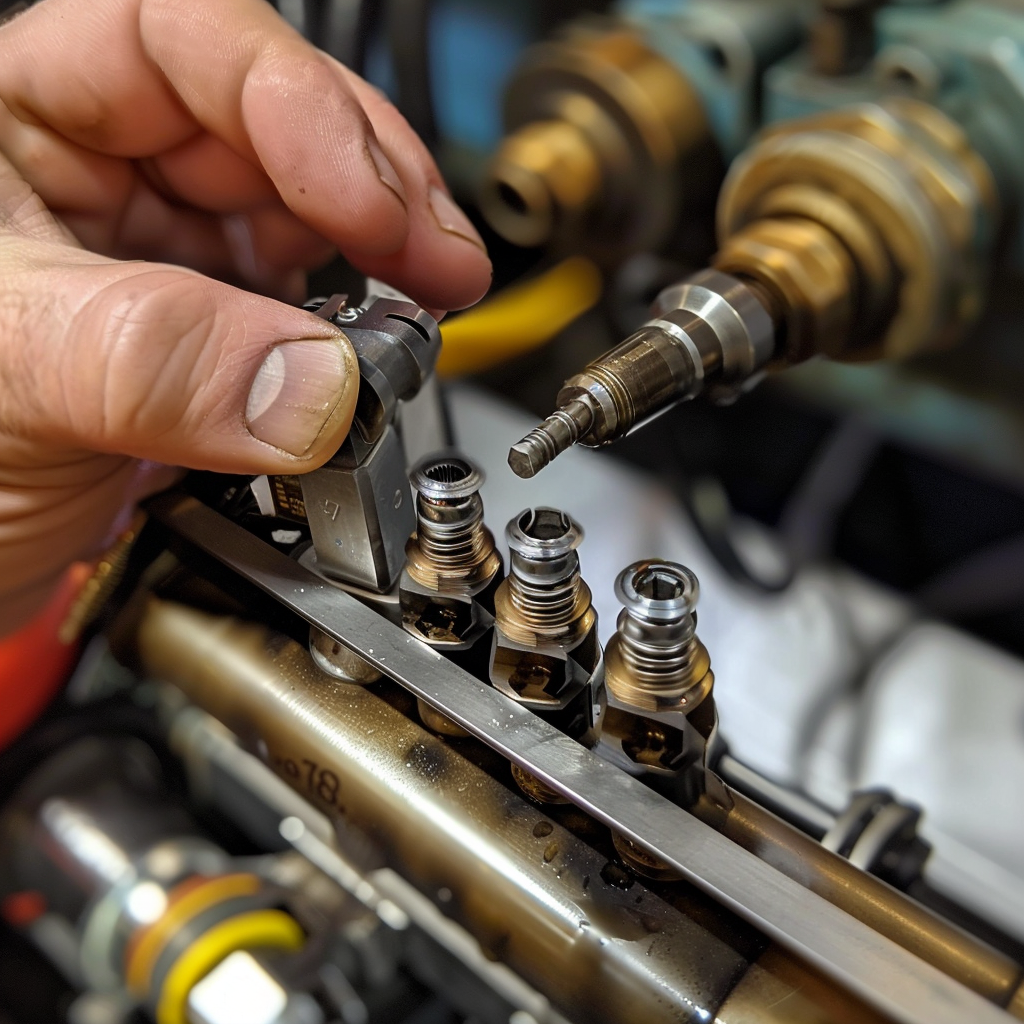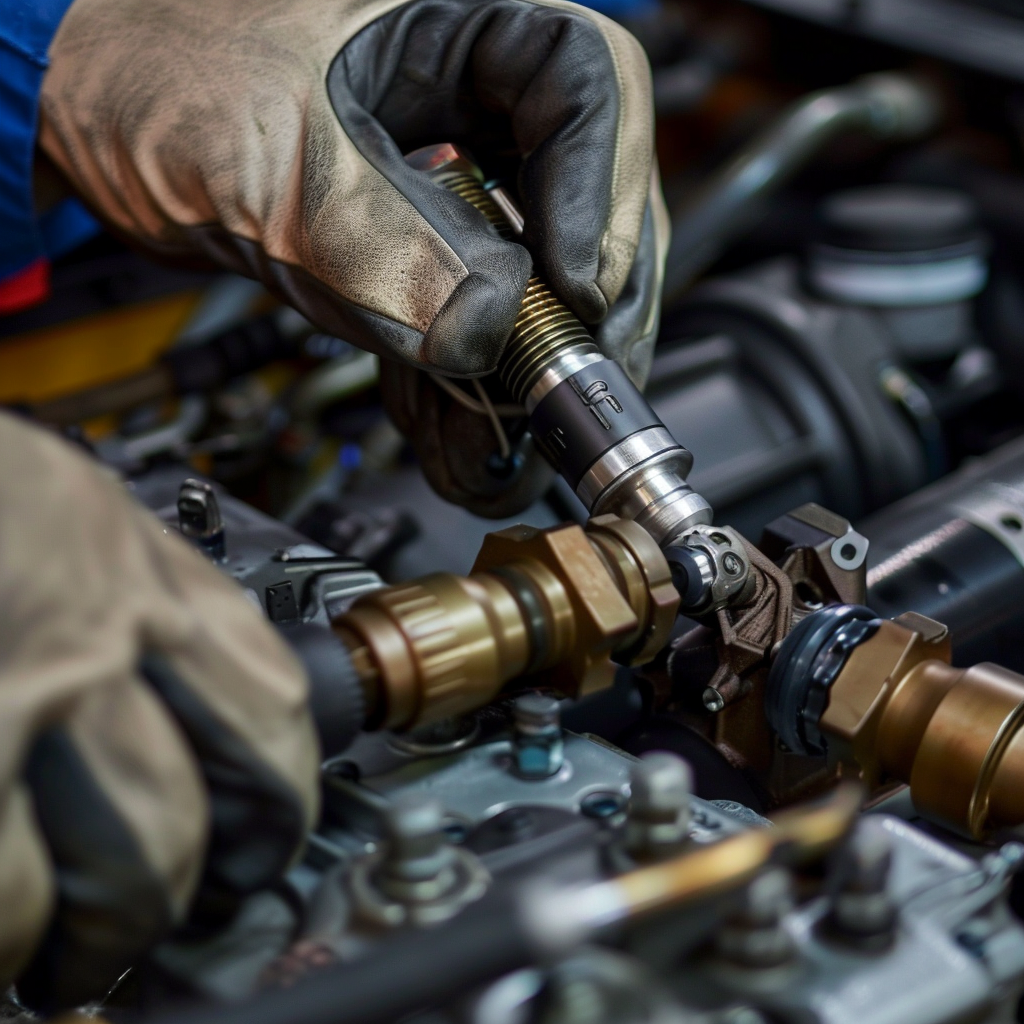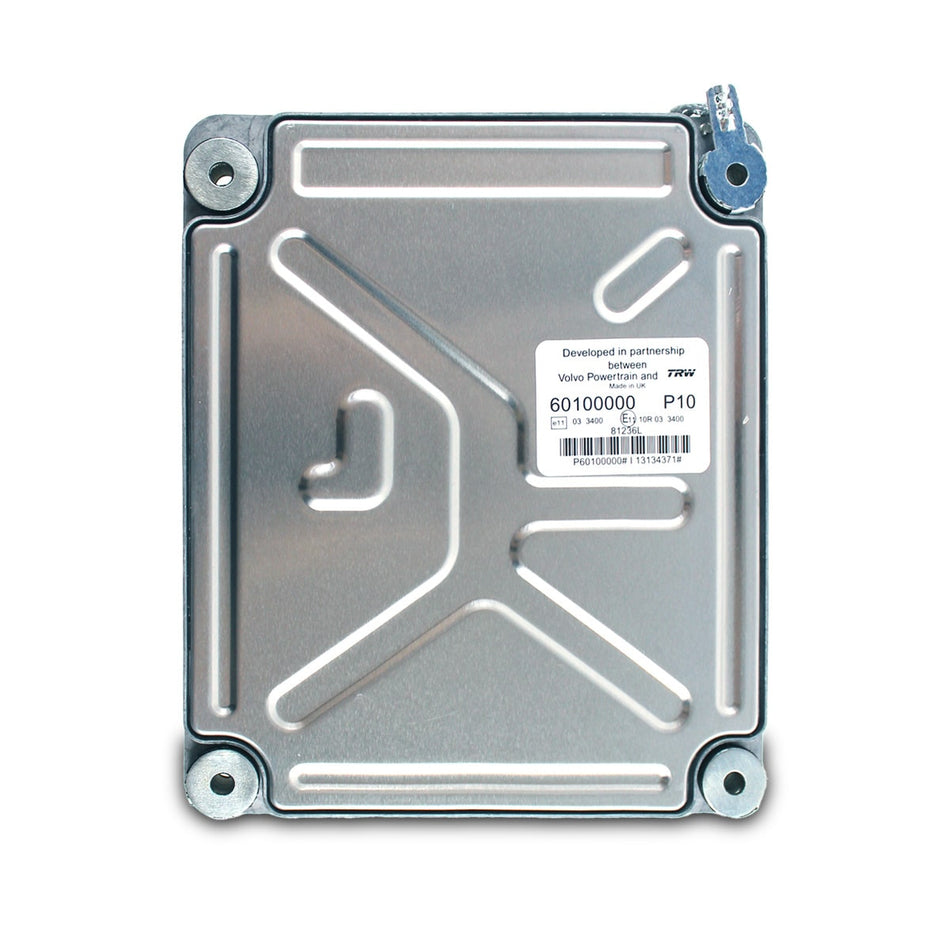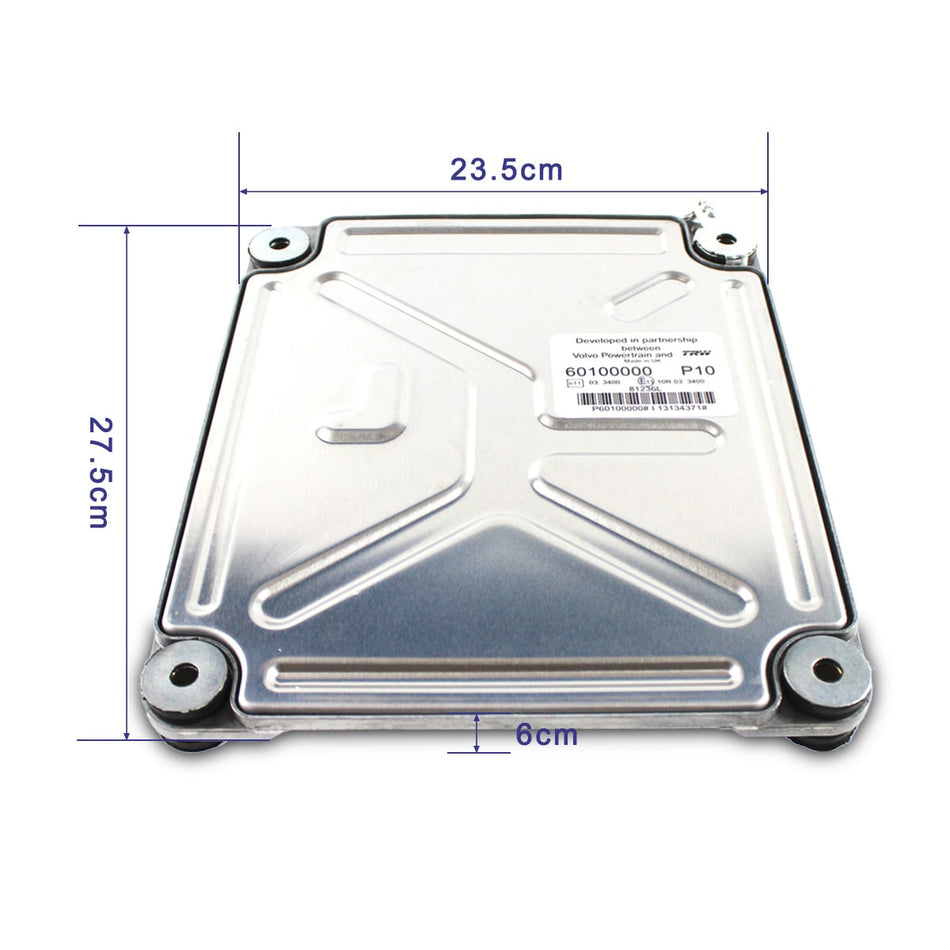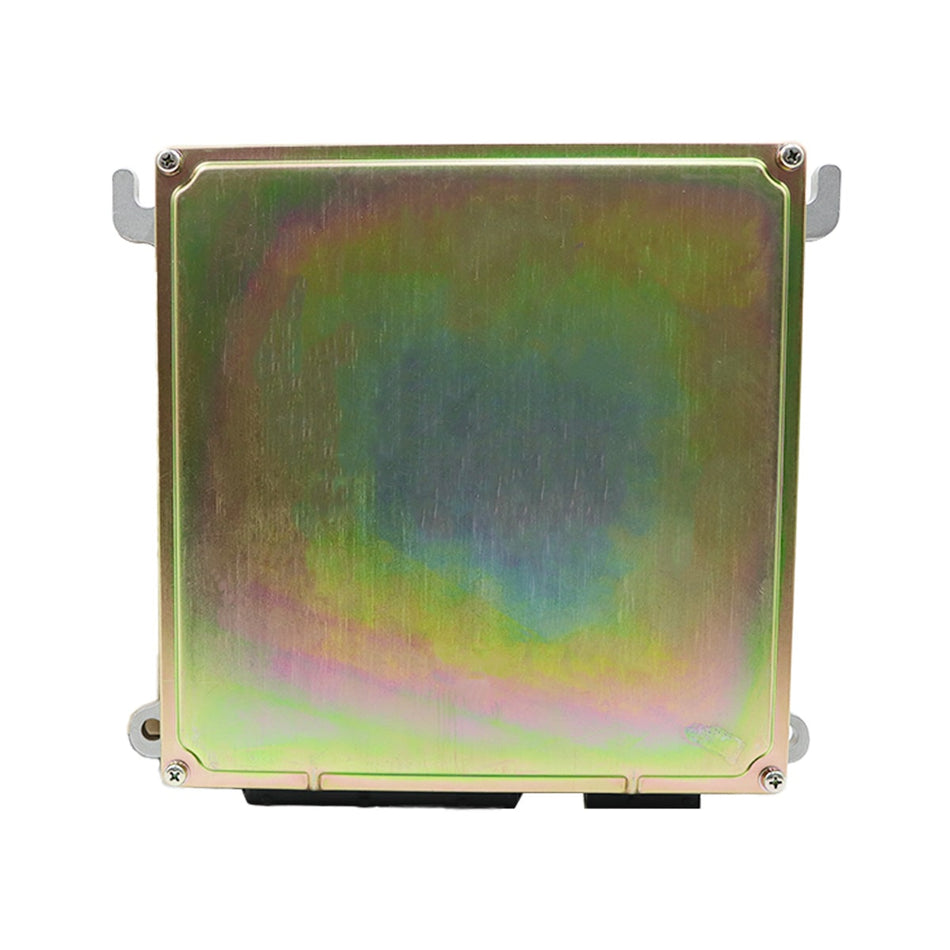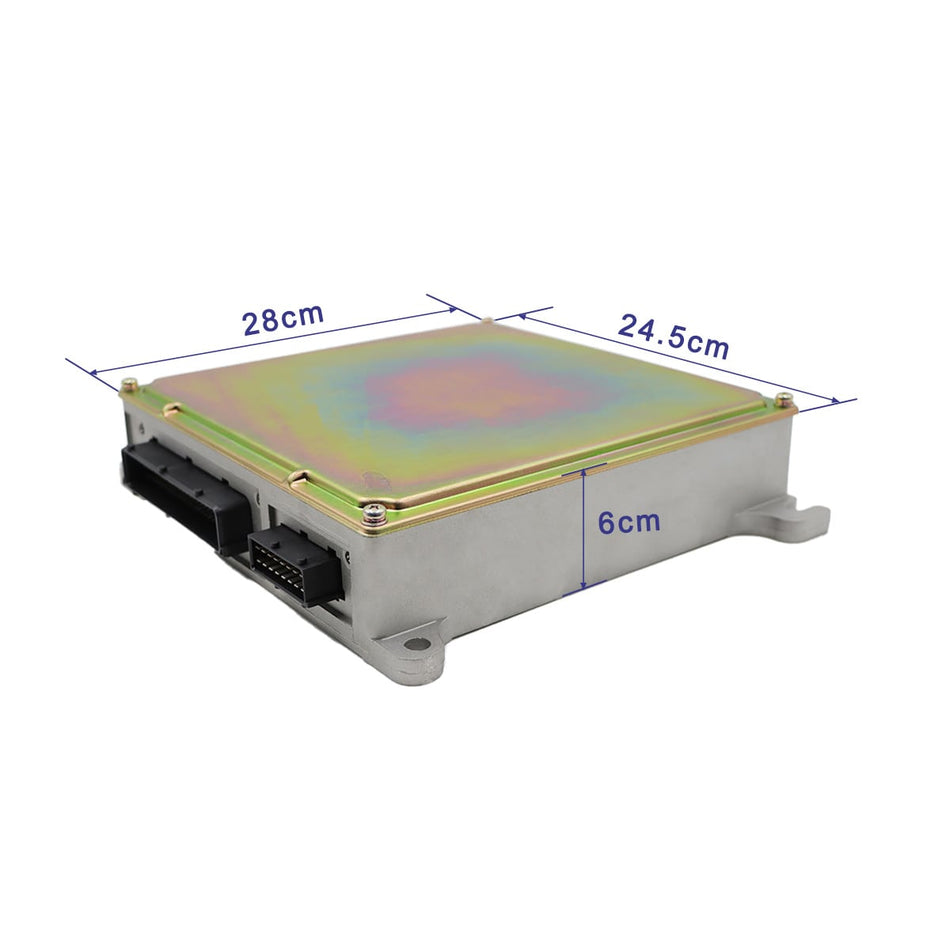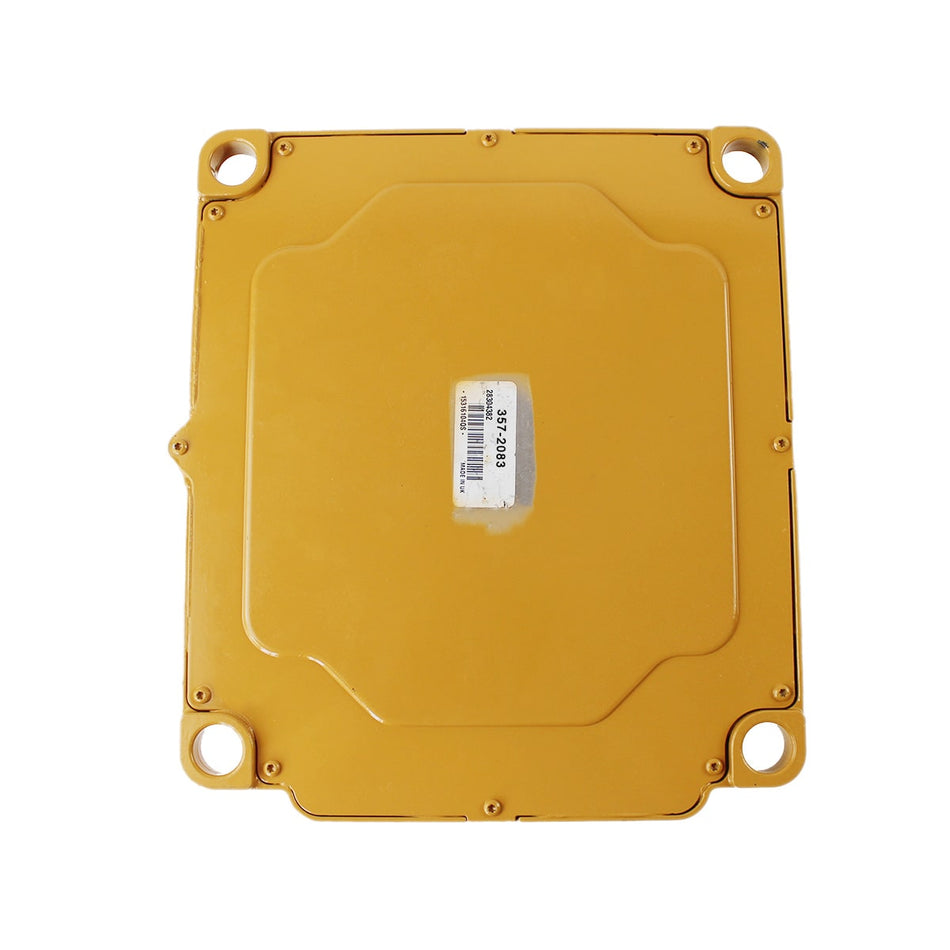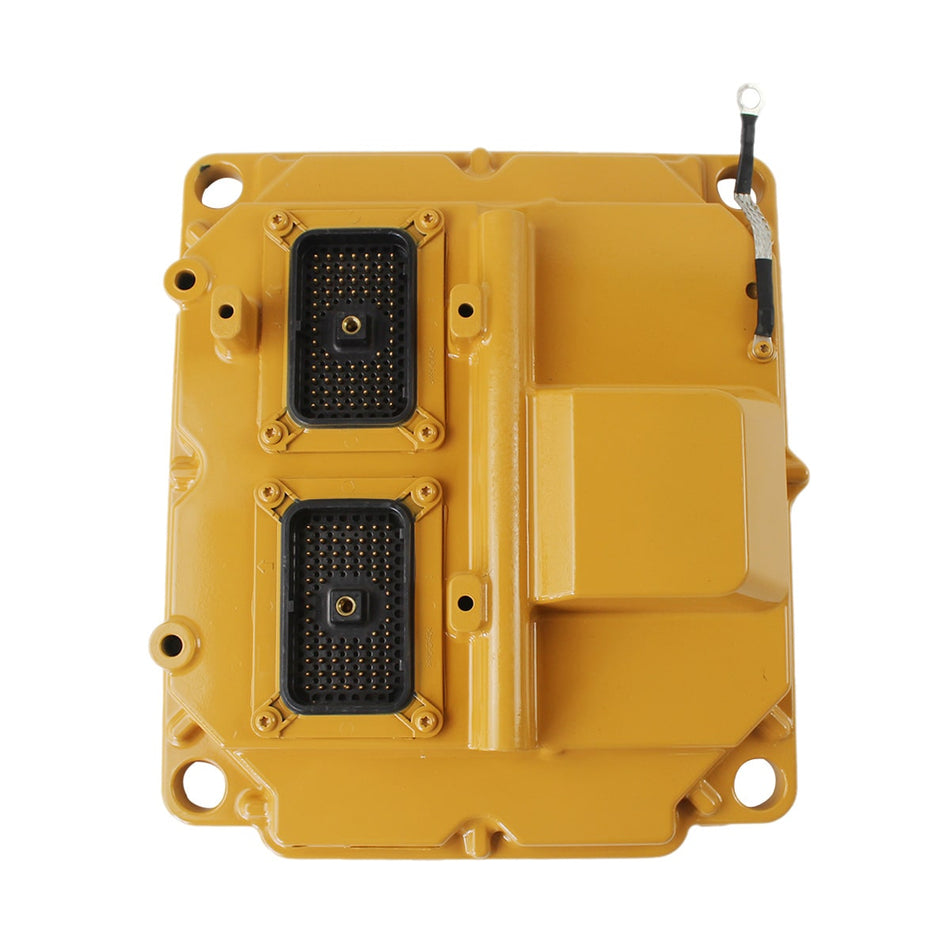The hydraulic system of the excavator is a combination of various hydraulic components connected in a pipeline according to the excavator maintenance work device and the transmission requirements of each mechanism. It mainly includes hydraulic oil tank, main pump, multi-way valve, various pipelines, and cylinders and motors that perform various actions. Its function is to use hydraulic fluid as the working medium, use hydraulic pumps to convert the mechanical energy of the engine into hydraulic energy and transmit it, and then transfer the hydraulic energy back to mechanical energy through hydraulic cylinders and hydraulic motors to realize the excavator. Various actions.
Under normal working conditions of the excavator, the hydraulic system oil temperature should be below 60C (the temperature of the oil pump is 5-10C higher). If it exceeds more, it is called the hydraulic system heating. What is the cause of the excessive rise in the hydraulic system of the excavator? Analysis of the reason for the increase in temperature: the tank volume is too small, the heat dissipation area is not enough, there is no oil cooling device installed or there is a cooling device but the capacity is too small. The dosing pump oil supply system that selects the pump capacity at the fast forward speed (speed) will have a large amount of excess flow flowing out of the overflow valve under high pressure during operation to generate heat.
The unloading circuit in the system is faulty or because the unloading circuit is not set. When the operation is stopped (gōng zuò), the oil pump cannot be unloaded, and all the flow of the pump overflows under the high pressure, causing overflow loss and heating. Lifting excavator repair means that the technical state of the equipment is degraded or occurs.
After the barrier, technical activities to restore its functionality, including various planned repairs and unplanned fault repairs and accident repairs. The system piping is too thin and too long to bend too much, and local pressure loss and pressure loss along the path are large. Insufficient precision of the components and poor quality of the assembly can result in large mechanical friction losses between relative motions. 6. The matching clearance of the fittings is too small, or the gap is too large after the wear is used, and the leakage amount inside and outside is too large, resulting in a large capacity loss.
For example, the volumetric efficiency of the pump is reduced and the temperature rise is also fast. The pressure adjustment of the hydraulic system works much higher than actually needed. Sometimes it is because the seal is too tight or because the seal has a damaged leak and the pressure has to be adjusted before the force can work. The climate and the high ambient temperature of the operation cause the oil temperature to rise. The viscosity of the selected oil is wrong, the resistance of the viscosity is large, and the viscosity is too small, so the leakage will increase. In both cases, the temperature rise can be caused.
Maintenance standard (1) Replacement of wear parts When the wear of each part exceeds the following reference values, it is necessary to replace or re-adjust the repair of the old vehicle. Repair the old vehicle at the time of repair.
The next assembly, assembly and parts, all that can be repaired, are all replaced by the original car after repair. However, the part must be replaced when there is obvious damage in appearance. Name and inspection item Standard size Replacement recommended value Processing method Tolerance between the piston pump and the borehole (Dd) 0.0390.067 Replace the gap between the piston or the pump piston and the shoe connection () 0-0.10.3 Replacement The thickness of the piston shoe assembly shoe (t) 4.94.7 Replace the free height of the piston shoe assembly pump spring (L) 41.140.3 Replace the pump spring plate and the spherical sleeve combination height (Hh ) 12.011.0 Replacement of a set of pressure plate or spherical bushings (2) Dressing reference distribution plate (sliding part) of the pumping plate, the distribution plate, and the sliding plate. The surface of the sliding plate pump (sliding part) needs to be smoothed and trimmed. Surface finish 3-2 Standard surface finish (trimming value) 0. 42 or less (grinding) (3) Precautions for reinstallation after internal damage of the pump 1) Replace all working oil and clean the working oil tank. Excavator repair, excavator repair, repair excavator, repair excavator
Clean the suction filter and replace the drain filter and return filter. 3) After performing the oil washing operation for more than 30 minutes, replace the oil return filter again. 2. Fault analysis (1) Method for investigating abnormalities Pumps are often equipped with regulators, auxiliary valves, auxiliary pumps, etc. It is very difficult to find the cause of the fault, but if the following major inspection items are investigated, Explain where the anomaly is. 1) Check the filter for the oil. Check the filter core to see if there is a lot of dirt on it. Due to the friction between the shoe and the pump, the metal powder is worn by mixing. If a large amount of metal powder is on the filter, it may be a problem with the shoe. Also check the drain oil inside the pump casing. 2) Abnormal vibration abnormal sounds. Check the pump main body for abnormal vibration and abnormal sound. Investigate whether the oscillation of the regulator and the oscillation of the overflow of the accessory valve are at the correct frequency.
If there is abnormal vibration and sound, there may be cavitation or damage inside the pump. 3) When two pumps or more are used, the circuit of two single pumps and motors is used, and when the two pumps are used, the piping of each pump should be replaced and observed. This is the problem of the pump or the circuit after the pump. The problem is easy to identify. 4) When performing pressure measurement in each department is a problem in control, do not unpack and inspect, and perform pressure measurement at each part to investigate where the abnormality occurs. (2) Causes and countermeasures for failure 1) Countermeasures for overload of the engine Precautions 1. The number of revolutions – whether the pressure is higher than the set value 1) Set by the specified 2 . Is the torque setting of the regulator high? 2) Adjust the regulator 2) Refer to manual 3 of the regulator. Burnout and damage of the internal parts of the pump 3) Replace the damaged parts 3) Check the filter and drain the oil.
Inspect the presence or absence of abnormal wear powder 4 . Error in the piping of the regulator 4) Correction of the error of the regulator 2) The amount of oil in the pump is extremely reduced, and the discharge pressure does not rise. Fault of the regulator 1) Repair the regulator 1) Refer to the regulator manual 2. Burnout and damage of the components inside the pump 2) Replace the damaged parts 2) Check the filter and drain the oil 3. Failure of the auxiliary pump 3) Replacement of the damaged member 3) The auxiliary pump is removed, and the shaft connecting portion 4 is inspected. Failure of the accessory valve 4) Check the accessory valve, especially check the poppet, seat, spring 4) Refer to the attached valve manual 5. Error in the piping of the regulator 5) Correct the error of the regulator 3) Abnormal sound.
The place where the cause of the abnormal vibration is noted. Cavitation 1) Prevent cavitation check whether the working oil is turbid 1-1) Supercharger pressure is low 1-2) Auxiliary pump failure 1-3) Suction air 1-4 from the suction pipe. Damage to the connection of the shoe 2) Replace the piston slide and the like 2) Check the filter and drain the oil 3. The pump is cracked 3) Replace the pump 4 . Poor installation of the pump 4) Installation correction 5. Oscillation of the regulator 5) Repair the regulator 5) Refer to the manual of the regulator 6 . Oscillation of the relief valve of the accessory valve 6) Repair of the accessory valve 6) Refer to the manual of the accessory valve.
Advantages of hydraulic transmission: 1. Compared with mechanical, electric and pneumatic, the hydraulic transmission has a compact structure, a small volume, a light weight, a large capacity and a strong carrying capacity under the condition of output of the same power. 2. Hydraulic drive can be used to obtain a variety of complex mechanical actions for automation. 3. The hydraulic system has devices and circuits such as unloading, decompression, pressurization and pressure maintaining, which makes it easy to automatically control the force of motion. 4. It is possible to freely realize stepless speed regulation and obtain a large speed ratio. At the same time, the hydraulic drive is also easy to achieve very low speed. 5. The inertia is small, the action is sensitive, the starting and braking are fast, the movement is stable, and the shifting and reversing can be performed quickly and without impact. 6. Power transmission and storage are very convenient. 7. Automatically prevent overload and avoid accidents. 8. Hydraulic components are automatically lubricated for long life. Excavator repair, excavator repair, repair excavator, repair excavator
Hydraulic transmission greatly simplifies the mechanical structure (maximizing the number of parts, increasing the yield and reducing the cost. 10. Easy to standardize and serialize, simplify design work, shorten manufacturing cycle, Improve the efficiency. Disadvantages: 1. Hydraulic transmission uses liquid as the medium for transmitting power, it is difficult to avoid leakage on the moving surface of hydraulic components, which often causes loss of efficiency. In addition, since the oil is not incompressible, the oil pipe will also be produced. Elastic deformation, so it is not suitable for applications where the transmission ratio is very strict (such as the transmission system of thread and gear processing machines). 2. Viscosity of oil changes with temperature, which is easy to cause instability of the working mechanism. Under low temperature and high temperature conditions, it is not suitable for hydraulic transmission.
The dirt in the oil affects the normal operation of the hydraulic components and accelerates its wear, reducing the hydraulic system excavator maintenance to the imported excavator hydraulic system
Face, system, specific. The structure and working principle of the pump, valve, motor, hydraulic cylinder and auxiliary components in the hydraulic system are introduced in detail, and
The disassembly and repair and installation methods of each component are described in detail. In each model, the electronic control system and fault diagnosis and elimination are also systematically introduced.
Mineral oil can oxidize and degrade in the air and needs to be replaced regularly. 4. There are high requirements for the processing accuracy and quality of hydraulic parts, and the processing is difficult. 5. Due to the use of oil pipes to transfer pressure oil, the loss is large and it is not suitable for long-distance delivery power. 6. It is not possible to use digital operations such as amplification, memory and logic judgments like electric drives, so it is not suitable for low power and complex control systems. 2 Hydraulic transmission working principle Liquid transmission is divided into two categories, namely hydraulic transmission and hydraulic transmission. The hydraulic transmission achieves the transfer of energy or power by means of the kinetic energy of the liquid.
Hydraulic transmissions transfer energy and power by means of liquids in a closed volume, which is also known as positive displacement hydraulic transmission. 3 Classification of hydraulic components Hydraulic components can be divided into four categories according to their functions: 1. The power component hydraulic pump is used to convert the mechanical energy of the prime mover into hydraulic energy for the hydraulic system. According to the structure, it can be divided into a gear pump, a vane pump, a plunger pump, a screw pump and a rotor pump. 2. The actuator is also called liquid engine. Its function is to convert the hydraulic energy provided by the hydraulic system into mechanical energy and drag the external mechanism device to make mechanical movement. According to the structure and movement mode, it can be divided into hydraulic motor, hydraulic cylinder and swing hydraulic cylinder. 3. Control element valves can be divided into pressure control valves, flow control valves and directional control valves. 4. Auxiliary components In addition to the above three types of components, the other components are auxiliary components, which are mainly used for the storage of hydraulic energy, the connection and sealing of oil passages, the filtration, heating and cooling of oil, certain hydraulic systems. Display of parameters, etc.


